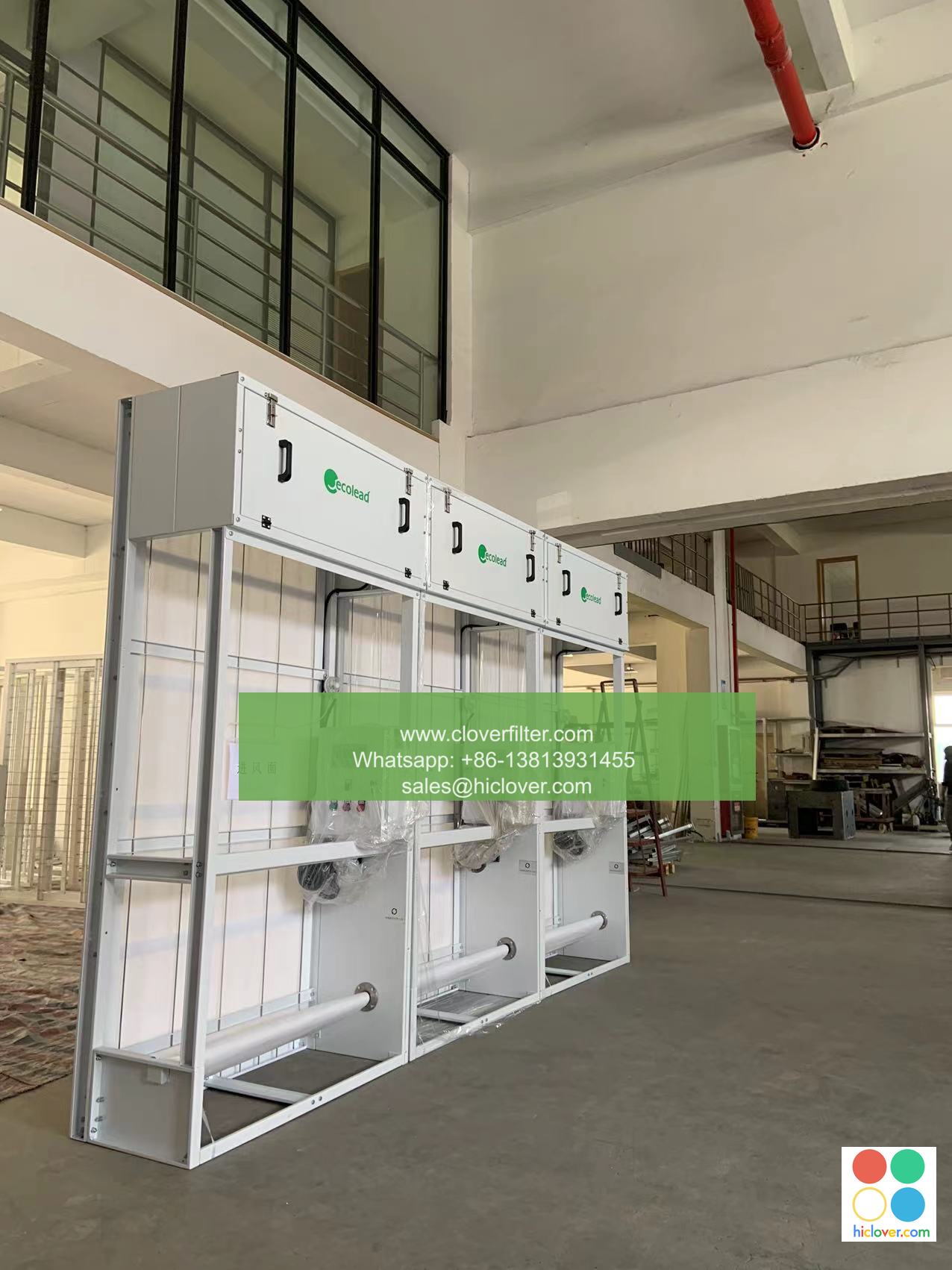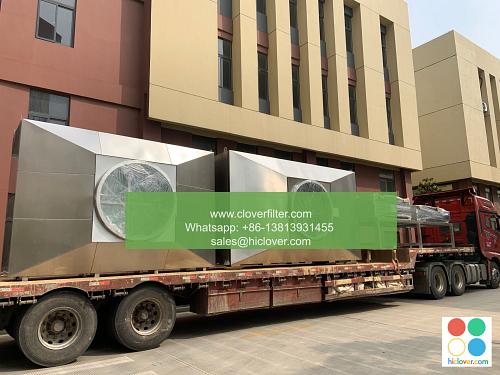Improving Air Quality in Clean Zones: The Benefits of Automatic Roll Air Filters at Sanofi Pasteur

As a leading global healthcare company, Sanofi Pasteur prioritizes the health and safety of its employees, patients, and the environment. One crucial aspect of achieving this goal is maintaining optimal air quality in its clean zones, where the production of vaccines and other pharmaceuticals takes place. In this regard, Sanofi Pasteur has successfully implemented Automatic Roll Air Filters to improve indoor air quality, reduce contamination risks, and enhance overall efficiency.
##
Introduction to Clean Zones and Air Quality Challenges
Clean zones are controlled environments that require precise temperature, humidity, and air quality conditions to prevent contamination and ensure the quality of pharmaceutical products. However, maintaining these conditions can be challenging, especially when it comes to air quality. Traditional air filtration systems can be ineffective in removing airborne contaminants, such as particulate matter, bacteria, and viruses, which can compromise the integrity of pharmaceutical products.
##
The Benefits of Automatic Roll Air Filters
Automatic Roll Air Filters (ARAFs) offer a cutting-edge solution for improving air quality in clean zones. These filters utilize a continuous roll of filter media that automatically unwinds and rewinds, providing a constant supply of clean air. The benefits of ARAFs include:
* High-Efficiency Filtration: ARAFs can capture up to 99.97% of airborne particles as small as 0.3 microns, including bacteria, viruses, and other contaminants.
* Reduced Maintenance: The automatic roll design minimizes maintenance requirements, as the filter media is continuously replaced, reducing the need for manual cleaning and replacement.
* Increased Efficiency: ARAFs can operate at higher airflows and lower pressure drops, resulting in reduced energy consumption and increased system efficiency.
* Improved Indoor Air Quality: By removing airborne contaminants, ARAFs can improve indoor air quality, reducing the risk of respiratory problems and other health issues.
##
Application Areas for Automatic Roll Air Filters
ARAFs can be applied in various areas, including:
* Pharmaceutical Manufacturing: Clean zones, production areas, and laboratories can benefit from ARAFs to maintain optimal air quality and prevent contamination.
* Biotechnology Research: ARAFs can be used in research laboratories, vivariums, and other areas where sensitive experiments and procedures require precise air quality control.
* Healthcare Facilities: Hospitals, clinics, and other healthcare facilities can utilize ARAFs to improve indoor air quality, reduce the risk of airborne infections, and create a healthier environment for patients and staff.
##
Conclusion
In conclusion, Automatic Roll Air Filters have proven to be a valuable asset in improving air quality in clean zones at Sanofi Pasteur. By providing high-efficiency filtration, reducing maintenance requirements, and increasing efficiency, ARAFs have become an essential component in maintaining optimal air quality and preventing contamination. As the pharmaceutical and biotechnology industries continue to evolve, the application of ARAFs will become increasingly important in ensuring the quality and safety of products, as well as the health and well-being of employees and patients. By highlighting the benefits and application areas of ARAFs, we can promote the adoption of this technology and create cleaner, healthier, and more efficient environments for the future.

